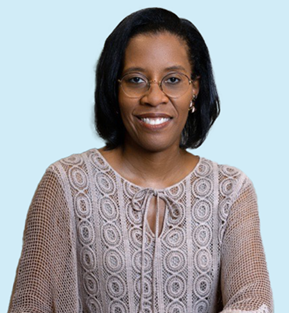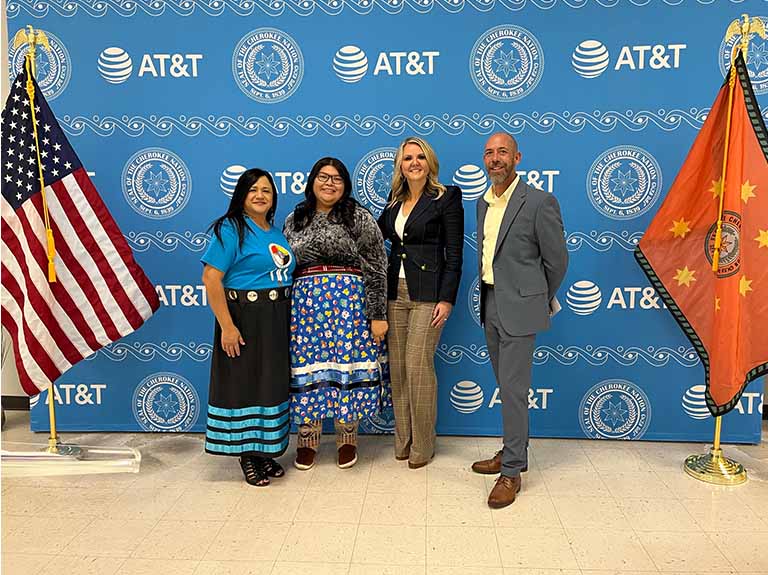A few months ago, I met my son and daughter in the vestibule following our worship service at church, only to find my son quite visibly upset and in tears. As we got in the car, he began to cry even more. Of course, out of concern, I asked him what happened and why he was crying. I learned he had seen a person with a noticeable disability trying to talk to a group of people and felt sad because they were ignoring him. I took this as a teachable moment for my kids and took some time to have a conversation with them about the importance of accessibility and inclusion.
You may have heard the saying that diversity is being invited to the party, while inclusion is being asked to dance. In the above scenario, my son felt like the individual with a disability was rejected - although he was present at the party, he was certainly not invited to dance. As it relates to the disability community, how can one "invite them to dance" if the dance floor is not inviting? You can't. It's essential that the path is accessible.
Without realizing it at the moment, the examples I shared with my kids were all detailing a very important aspect of my job: working to build a sustainable culture of inclusion at AT&T. As I dive deeper in my new role leading accessibility at AT&T, I'm prioritizing listening to and understanding the needs of our employees and the communities we serve. And something I hear constantly is how much it means to see colleagues and leaders across the company committed to making progress on disability inclusion.
One of the ways my work allows me to build on that progress is through connecting people by providing products and services accessible to those of all abilities. With features in our products and services like text-to-speech capabilities, audio descriptions and voice controls, AT&T helps ensure everyone can take part in what the world has to offer, regardless of ability. That is truly inviting people to the party and asking them to dance.
We also realize that the digital divide, the gap between people who have access to the internet and digital technology and those who do not, is more likely to impact persons living with disabilities. According to recent Pew Research, Americans with disabilities are less likely to own a computer or a smartphone or use the internet. At AT&T, we are doing our part to help bridge the digital divide through a $2 billion, 3-year commitment made in 2021, which includes efforts through Connected Nation to provide reliable internet connection to more than 40,000 vulnerable students, including those with disabilities. We are strengthening digital inclusivity and broadband adoption for this community through our ongoing collaborations and investments in digital literacy tools, education resources, and low-cost internet service, among other efforts.
While we know there is still more work to do for a fully equitable society, I am proud of our progress and the strides made to build a culture of inclusivity at AT&T. Just today we were named one of the “Best Places to Work for Disability Inclusion” and recognized for the eighth consecutive year of earning a 100% top score on the Disability Equality Index®.
This incredible honor is no small feat. It's not a simple one-time effort or something built overnight. As I told my kids that day, we must all commit, through our daily actions, to continue making a culture of inclusivity for all, especially for those who live with disabilities.



